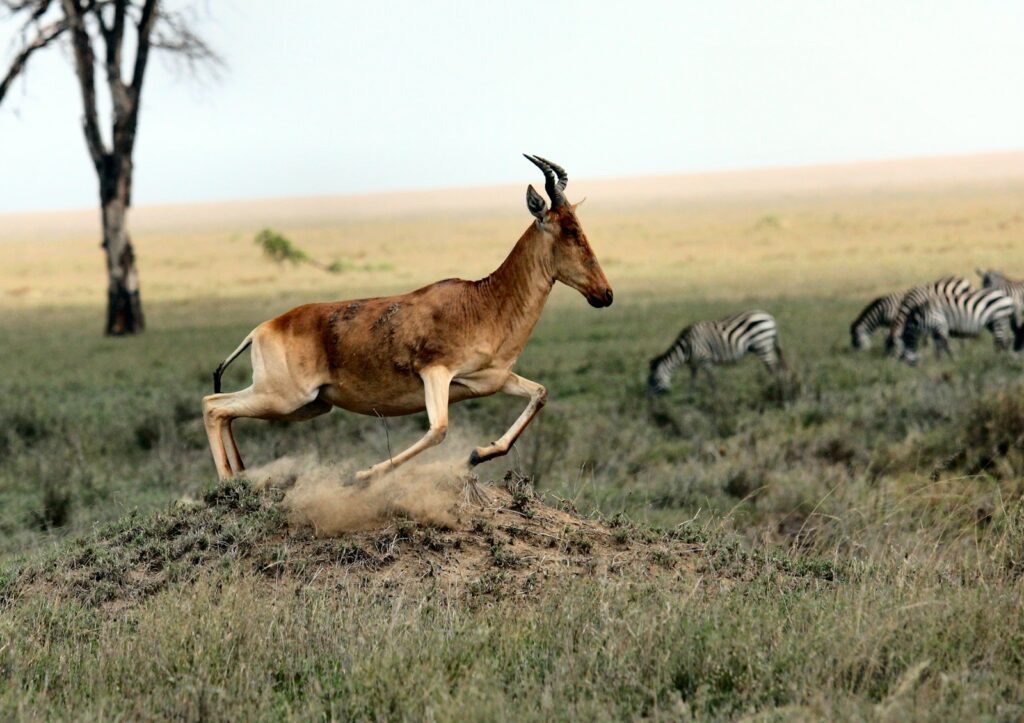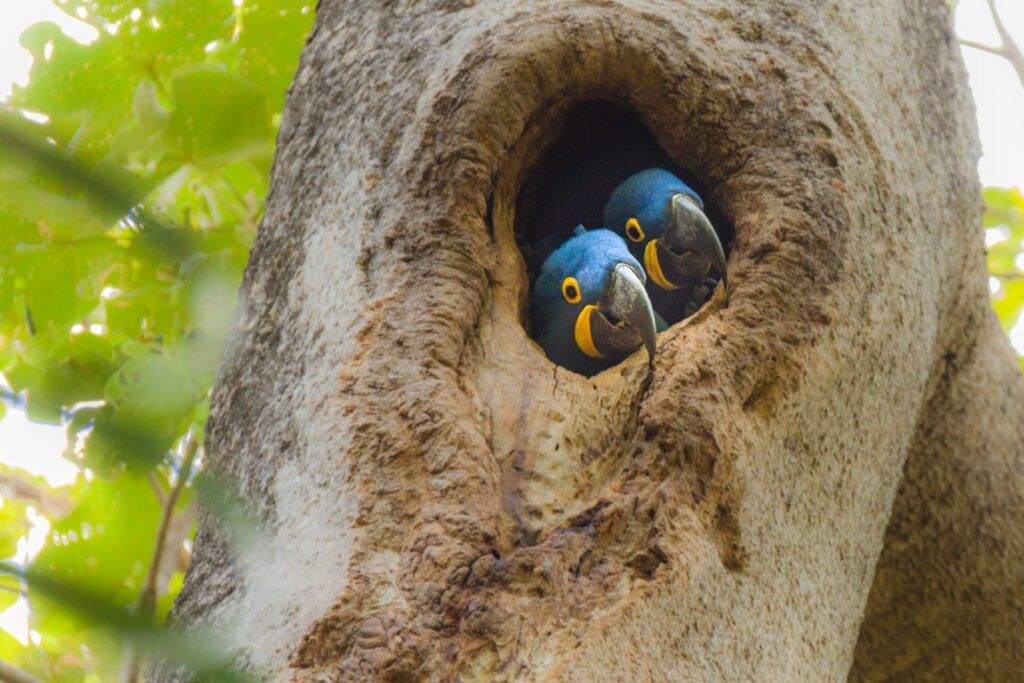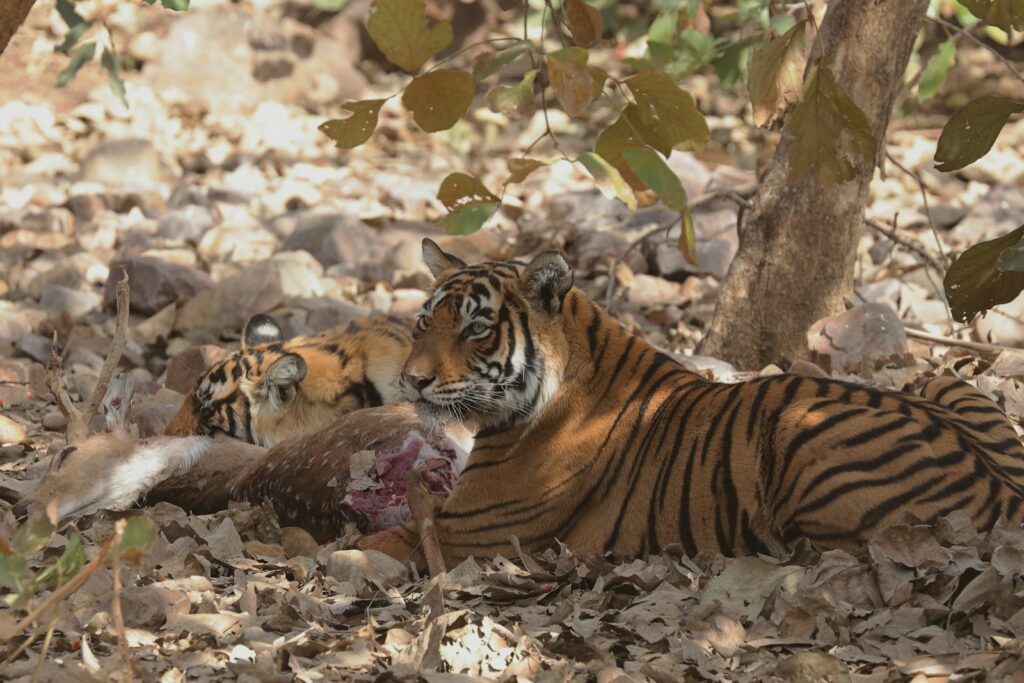Capturing the Wild: In the heart of untamed landscapes and remote wilderness, a symphony of life unfolds, where every creature, big or small, plays a vital role in the intricate web of nature. For wildlife photographers, these moments are treasures waiting to be captured, frozen in time for the world to behold. Join us as we embark on a thrilling wildlife photography expedition, where the thrill of the chase and the beauty of the natural world converge to create unforgettable images that tell stories of survival, resilience, and the raw beauty of the wild.
1. Serengeti National Park (Tanzania)

In the vast savannahs of Tanzania’s Serengeti National Park, the circle of life unfolds with breathtaking drama and intensity. Home to iconic species such as lions, elephants, giraffes, and wildebeest, the Serengeti offers unparalleled opportunities for wildlife photographers to capture intimate portraits and epic moments of predator-prey interactions. Witness the drama of the Great Migration, where millions of wildebeest and zebra traverse the plains in search of greener pastures, providing a spectacle of unparalleled magnitude.
2. Maasai Mara National Reserve (Kenya)
Adjacent to the Serengeti, Kenya’s Maasai Mara National Reserve is renowned for its dense concentration of wildlife and dramatic landscapes. Follow the footsteps of lions, leopards, and cheetahs as they hunt across the sweeping grasslands, or capture the elegance of giraffes silhouetted against the golden hues of the setting sun. Join a guided safari or embark on a hot-air balloon ride for a bird’s-eye view of the Mara’s teeming wildlife and sweeping vistas.
3. Pantanal Wetlands (Brazil)

In the heart of South America, Brazil’s Pantanal Wetlands offer a haven for wildlife photographers seeking to capture the rich biodiversity of one of the world’s largest tropical wetland ecosystems. From jaguars and giant otters to capybaras and caimans, the Pantanal teems with an astonishing array of wildlife, providing endless opportunities for close encounters and stunning photographic compositions. Cruise along the tranquil waterways, venture into the dense forests, and witness the magic of the Pantanal come to life.
4. Yellowstone National Park (USA)
Nestled in the rugged landscapes of the American West, Yellowstone National Park is a photographer’s paradise, where dramatic geothermal features and diverse ecosystems provide a stunning backdrop for wildlife photography. Capture the majesty of bison roaming across vast meadows, the grace of elk grazing in lush valleys, and the power of grizzly bears fishing for salmon in rushing rivers. Explore the park’s iconic landmarks, including Old Faithful and the Grand Canyon of the Yellowstone, for unique opportunities to blend landscape and wildlife photography.
5. Ranthambore National Park (India)

In the heart of Rajasthan, India’s Ranthambore National Park offers a glimpse into the world of the Bengal tiger, one of the most elusive and majestic predators on Earth. Embark on a safari through the park’s rugged terrain, where ancient ruins and dense forests provide a dramatic backdrop for encounters with tigers, leopards, and sloth bears. Capture the beauty of these magnificent creatures in their natural habitat and immerse yourself in the rich cultural heritage of India’s royal hunting grounds.
In Conclusion, For wildlife photographers, every expedition is an opportunity to witness the wonders of the natural world and create images that inspire awe and appreciation for Earth’s diverse ecosystems. Whether you’re tracking lions on the plains of the Serengeti or photographing jaguars in the Pantanal, each encounter offers a glimpse into the magic of the wild, reminding us of the importance of conservation and preserving our planet’s precious biodiversity.
FAQs About Capturing the Wild
1. What equipment do I need for wildlife photography?
For wildlife photography, essential equipment may include a digital SLR or mirrorless camera with a telephoto lens (300mm or longer), a sturdy tripod or monopod for stability, and additional accessories such as lens filters, extra batteries, and memory cards. It’s also advisable to invest in a comfortable camera backpack or carrying system for transporting gear during outdoor expeditions.
2. What are some tips for capturing wildlife photographs in the wild?
When photographing wildlife in the wild, it’s essential to practice patience, respect the animals’ space and behavior, and remain alert to opportunities for unique compositions and storytelling. Use natural light to your advantage, experiment with different camera settings and techniques, and be prepared to adapt to changing conditions and unexpected moments.
3. Are there any ethical considerations for wildlife photographers?
Responsible wildlife photography prioritizes the well-being and welfare of the animals, minimizing disturbance and avoiding actions that may cause stress or harm. Always follow local regulations and guidelines for wildlife viewing and photography, maintain a safe distance from animals, and avoid using bait or lures to attract wildlife artificially.
4. Can I participate in guided wildlife photography tours or workshops?
Yes, many tour operators and professional photographers offer guided wildlife photography tours, workshops, and expeditions in various locations around the world. These experiences provide valuable opportunities to learn from experts, hone your skills, and capture stunning images of wildlife in their natural habitats.
5. How can I contribute to wildlife conservation through photography?
Through wildlife photography, you can raise awareness about conservation issues, advocate for the protection of endangered species and habitats, and support organizations and initiatives dedicated to wildlife conservation and environmental stewardship. Consider sharing your images with conservation organizations, participating in photo contests or exhibitions, and donating proceeds from print sales to conservation causes.





